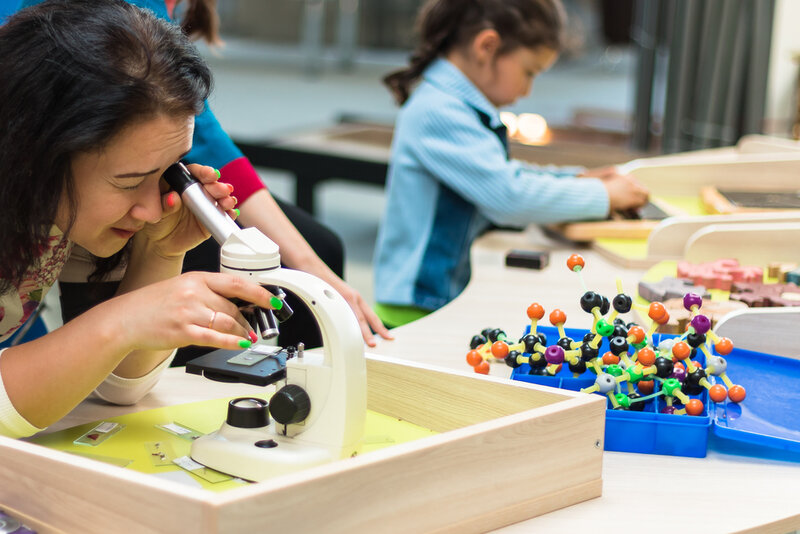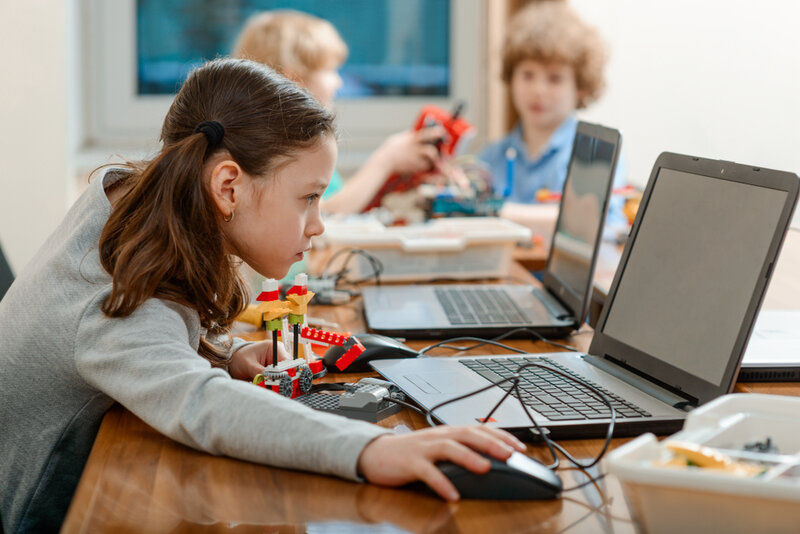In recent years, there has been a big focus on the disciplines of Science, Technology, Engineering, and Mathematics (STEM), and the addition of the Arts to the mix has been notable in what’s now referred to as STEAM education. Schools, teachers, education boards and after-school providers alike are all abuzz with courses encompassing these subjects. It’s a pretty hot topic in Hong Kong right now. But what do they mean, exactly?
What is STEM?
STEM education encompasses Science, Technology, Engineering and Math. STEM is a teaching philosophy that integrates all four disciplines together into a single, cross-disciplinary programme which offers instruction in real-world applications (as opposed to purely academic) and teaching methods.
The acronym STEM was first brought into use in 2001 by Rita Colwell, the first female director of the National Science Foundation (NSF), but the term was used even before that by a variety of educators. The USA and Europe have been promoting STEM education for years as a way to meet the future demands of jobs in these fields. Now, many countries around the world have joined the push for introducing these topics formally into the curriculum from kindergarten through high school. Even outside of school, there is now a huge number of opportunities to get children engaged in STEM/STEAM courses.
What is STEAM?
Simply, STEAM education is STEM with arts added. The addition of the arts to create STEAM was done for a very good reason. Independent studies demonstrate that students with a strong foundation in arts perform better academically, finding that, “on average, students who study the arts for 4 years in high school score 98 points higher on the SATs compared to those who study the same for half a year or less.” The SAT is what’s known as a Scholastic Aptitude Test, a standardised test typically taken towards the end of high school/secondary school used to measure the college readiness of students. The test is used in the US for university submissions.
In places like the UK and Australia, adding the arts was easy because educators viewed some topics as more creative design rather than a linear or rigid set of topics. Many schools these days aim to encourage more creative thinking and prefer STEAM while some remain steadfast in their desire to keep STEM separate since it’s still a relatively new concept. Globally, the availability of technology has increased, and this gives more students the chance to incorporate STEM activities into their learning.
STEM/ STEAM Education in Hong Kong
Hong Kong is implementing STEM education in both local and international schools. It’s very likely you’ve seen a greater emphasis on this over the past few years. International schools had a bit of a head start over local schools but with the Education Bureau backing the promotion of STEM education, local schools have more access to these programmes.
STEAM programmes are also seeing a rise in popularity as schools realise that children who learn an integrated and diverse programme excel better in their future. It is likely that STEAM will even surpass STEM in popularity!
The Benefits of STEM/ STEAM Education
One of the most important benefits of STEM/STEAM learning is that it develops problem solving skills. Children are encouraged to seek out solutions for real-world challenges. Through this process, they are encouraged to use critical thinking, collaborate with other students, employ creative ideas, use their imaginations and actively participate. They may face failure in some of their solutions, but this teaches resilience. On the other hand, when they have a win, that translates to immense self-confidence and empowerment.
Whichever is on offer – STEM or STEAM – dive in. It’s a wonderful way for children to learn and will only serve to enrich their school lives and their lives later on in life. Check out Playtimes Magazine this week as we unpack the different aspects of STEM/ STEAM education in Hong Kong!
How Schools in Hong Kong Are Implementing STEAM Education
Nord Anglia
Why did Nord Anglia decide to start teaching STEAM to students?
STEAM provides opportunities for students to explore problems more deeply, make stronger connections and a broader knowledge base. Such a powerful learning experience requires the learners to engage in inquiry, collaboration and creativity. A STEAM education encourages students to think outside the box with hands-on learning, which echoes very well the renowned Massachusetts Institute of Technology (MIT)’s motto “mens et manus” (mind and hand in Latin). At Nord Anglia we want our students to develop a love of learning and the excitement generated by engaging in STEAM projects supports this.

What are the advantages of a STEAM education? What skills does it develop?
Whereas a more traditional curriculum breaks up learning into various disciplines, such as Science or Maths, a STEAM education adds an interdisciplinary dimension to teaching and learning. When a student’s learning experience across these subjects is coordinated around shared themes and issues, it gives context to learning and makes it relatable to real-life. Students develop important skills for the future, such as their ability to collaborate, think critically, problem solve and be creative.
What is the importance of the Arts in STEAM education?
Science and Maths are usually concerned with exploring and understanding a problem. Engineering and Technology are traditionally concerned with the invention of solutions. Art and design, on the other hand, convert these inventions into meaningful human experiences. The importance of Art is that it helps generate the human connection around a solution. As a result, students can often express their ideas and creations through the Arts, bring them to life, and make them meaningful to others.
How does Nord Anglia deliver its STEAM courses?
For Nord Anglia, STEAM is a way of connecting the dots. It is an approach to learning that uses Science, Technology, Engineering, the Arts and Mathematics as access points for guiding student inquiry, dialogue and critical thinking.
Practically, our teachers aim to give students many authentic opportunities to build, construct and apply knowledge. For example, teachers in the Primary School may teach the topic of Forces in Science to the students but use a STEAM activity such as an F1 race car to allow their students to apply that knowledge and show that they have a deep(er) understanding of what they’ve been learning.
In Secondary School, it is more about finding opportunities to work collaboratively on STEAM projects. For example, with the STEAM Challenges set through our collaboration with MIT, departments across the school work together to implement units of work created for us by MIT and enhanced by our teachers to make them relevant to our students.
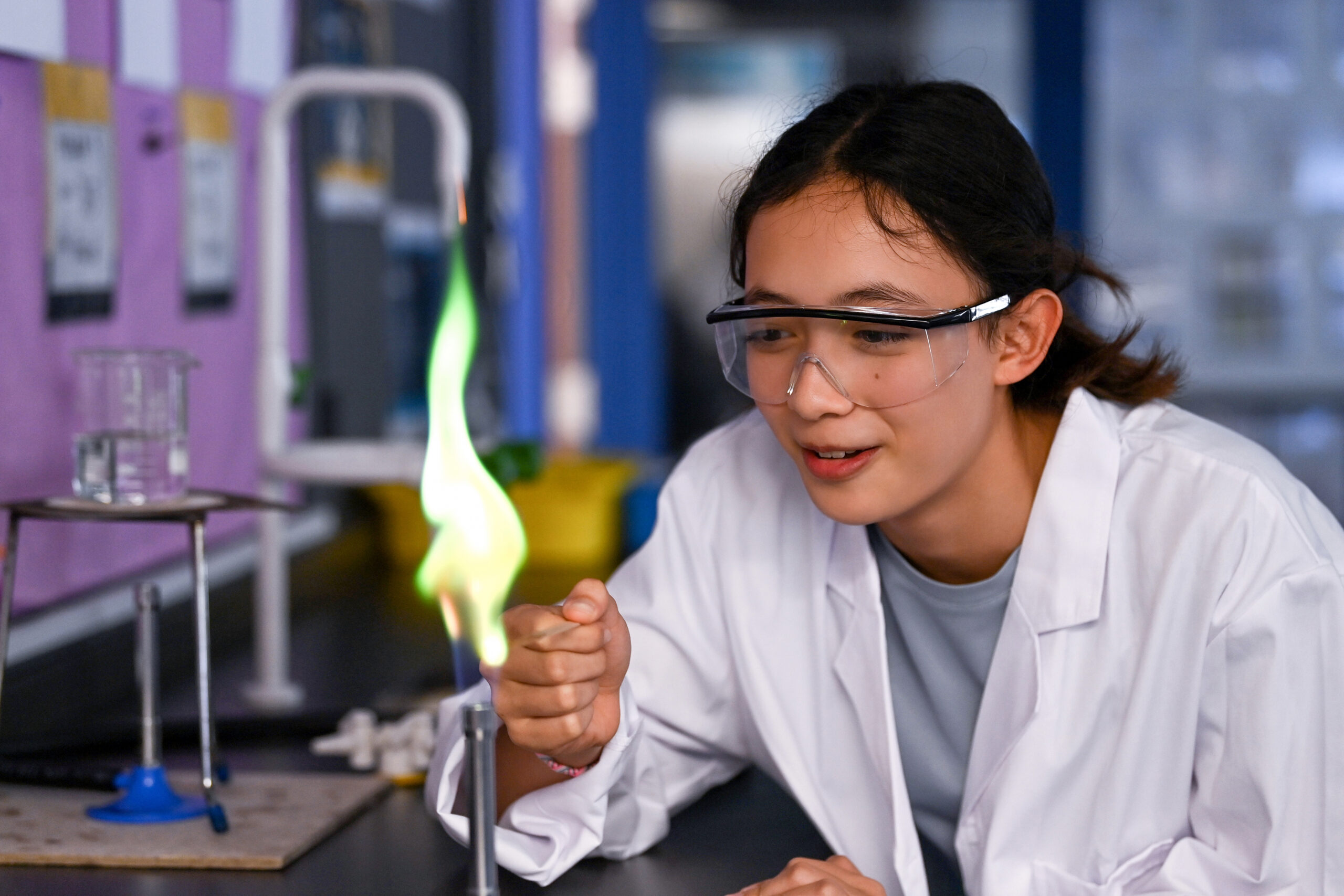
Kenny Duncan is Principal of Nord Anglia Hong Kong. He is an educator with more than three decades’ experience, specialising in academic excellence, collaboration and community cohesion.
Kellett School
What is Innovation Education at Kellett?
The terms STEAM and STEM are widely recognised in modern education, but at Kellett School, we prefer to use the term “Innovation” to encompass the teaching of these subjects.
Technology is deeply integrated into all aspects of Kellett’s curriculum. The introduction of “Innovation” as a standalone subject brings a contemporary twist to the principles of STEAM, uniquely tailored to our educational philosophy.
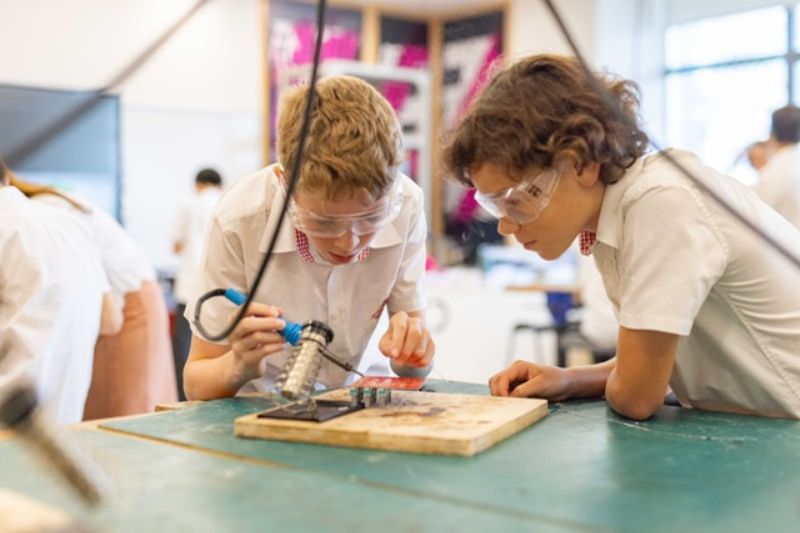
Innovation at Kellett
“Innovation” at Kellett offers students the chance to engage in long-term projects that often sit at the cutting edge of technology. These projects encourage creativity, perseverance, collaboration, and reliance on each other’s strengths. Through these endeavors, students develop essential 21st-century workplace skills, including teamwork, communication, and problem-solving. Perhaps most importantly, they learn to experiment and grow from failure.
In its third year, the Innovation program has now expanded to both the secondary and preparatory schools. It also stands as an independent option for KS4 students, offering an alternative to a traditional GCSE. This KS4 Innovation course runs concurrently with a course in Oceanography, and together, these subjects culminate in the completion of a Higher Project Qualification (HPQ) for a project that students design and choose themselves.
Structure of the Innovation Program
Students in KS3 undertake one project per term, rotating between three projects each year. This rotation allows students to collaborate with new peers at the end of each term. Anecdotal evidence suggests that by the end of the KS3 course, students become more resilient, better team workers, and adept problem solvers.
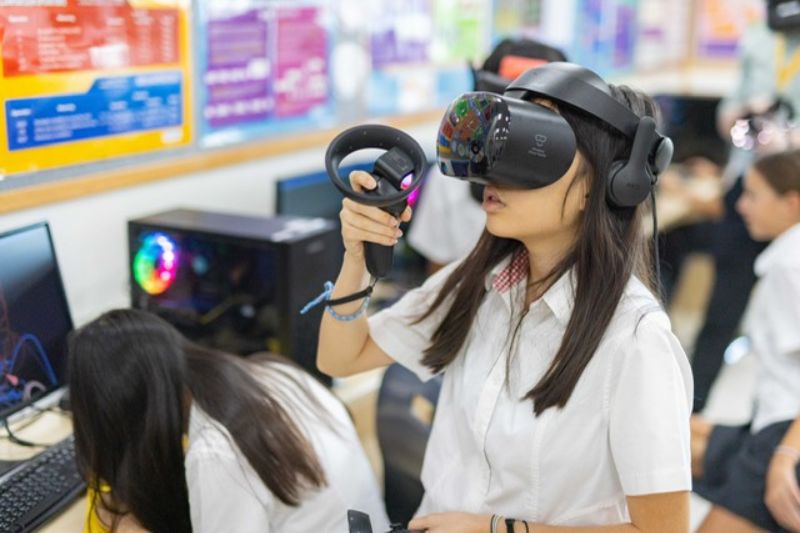
Year 7 Projects
– Stop Motion Animation: Moved down from Year 8 & 9, students now use resources created by previous cohorts to animate stories around the UN’s Sustainable Development Goals. This project enhances creativity and storytelling skills as students script, design, and animate their stories. They also develop patience and attention to detail through the intricate process of stop-motion animation.
– Board Game Design: Students develop board games centered on the UN’s sustainable development goals. This project fosters strategic thinking and creativity as students design game mechanics and narratives that reflect complex global issues. Collaborative skills are honed as they work in teams to create engaging and educational games.
– Greenhouse Effect: Students get hands-on experience managing and caring for plants in a vertical hydroponic growing area built by past Innovation students. This project teaches responsibility and the basics of sustainable agriculture. Students learn to monitor plant health, manage resources efficiently, and apply scientific principles to real-world problems.
Year 8 Projects
– Virtual Reality Experience: Students create VR experiences based on the UNSDGs using the OpenBrush application to paint in 3D. This project immerses students in cutting-edge technology, enhancing their digital literacy and creative expression. By developing VR content, they also improve spatial awareness and technical skills.
– Language Scavenger Hunt: Students explore the culture and language of Hong Kong and China, as well as their home languages, by creating scavenger hunts filled with challenges for subsequent groups. This project promotes cultural awareness and linguistic skills. It also encourages teamwork and communication as students design and test their scavenger hunts.
– Develop Websites with AI: With the help of AI, students develop interactive websites, achieving stunning results despite having little prior knowledge of web development. This project introduces students to the potential of AI in creative fields, enhancing their problem-solving skills and digital literacy. They learn to leverage AI tools to bring their ideas to life.
– Soft Robotics: Students create soft robots using inflatable tubing to navigate challenging spaces and perform tasks that require gentle manipulation. This project teaches the principles of robotics and engineering. Students develop problem-solving skills as they design and test their robots, and they learn about the importance of precision and adaptability in engineering.
Year 9 Projects
– Self Study: Students choose an area of interest for self-directed study, individually or in small groups. This project prepares them for KS4 Innovation by testing their planning, organization, and teamwork skills. Students take ownership of their learning, exploring topics they are passionate about and developing independent research skills.
– Artificial Intelligence: Students are challenged to create projects by prompting AI to complete tasks for them, such as composing a graduation song, a Christmas carol, or a House Chant. This project enhances students’ understanding of AI and its applications. They learn to formulate precise instructions and evaluate the outputs critically, developing analytical and creative thinking.
– Lego Motion Challenges: Through engineering challenges, students use Lego to build vehicles or devices that climb stairs, ropes, or banisters, or span widening gaps, fostering problem-solving and resilience. This project encourages iterative thinking and experimentation as students refine their designs. It also promotes collaborative skills as they work in teams to tackle engineering problems.
Mark S. Steed is the Principal and CEO of Kellett School, the British International School in Hong Kong; and previously ran schools in Devon, Hertfordshire and Dubai. He tweets at @independenthead.
Related articles:


